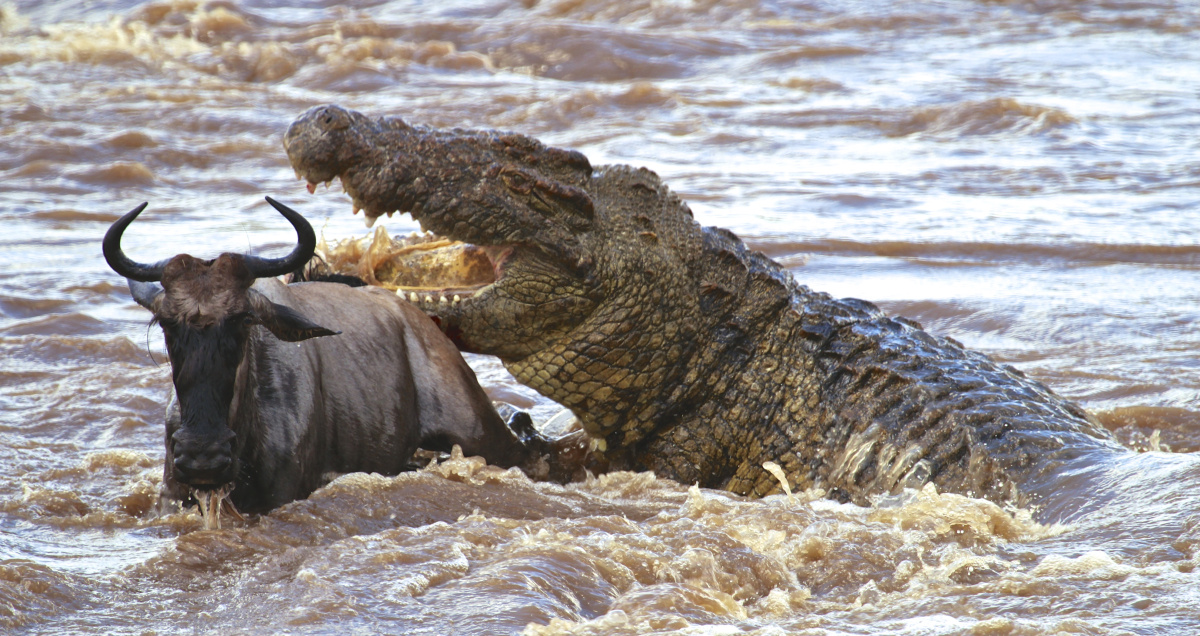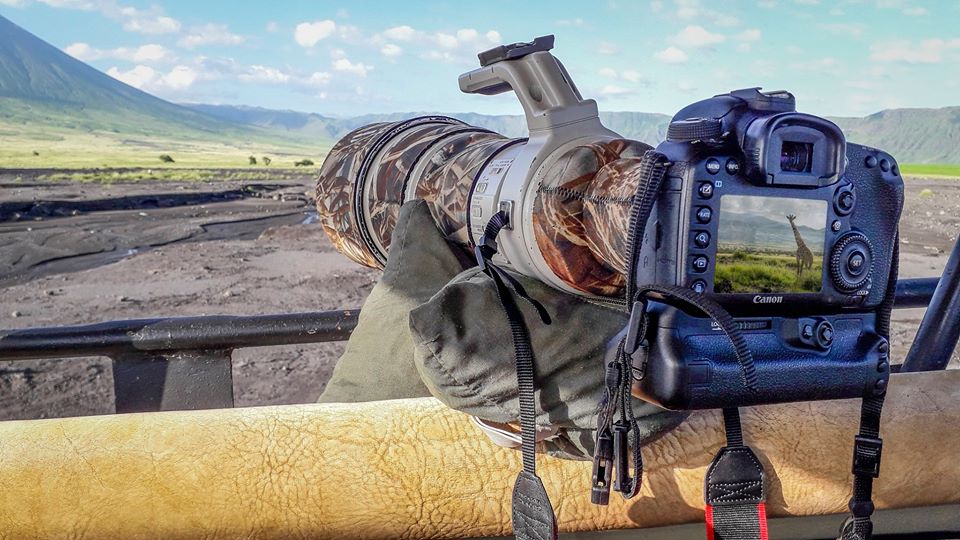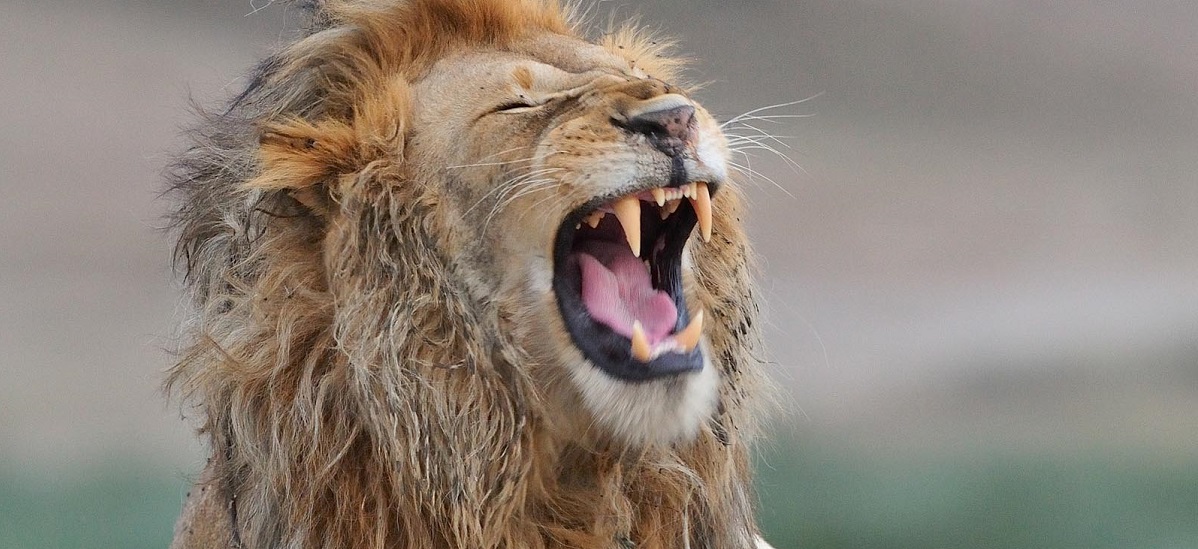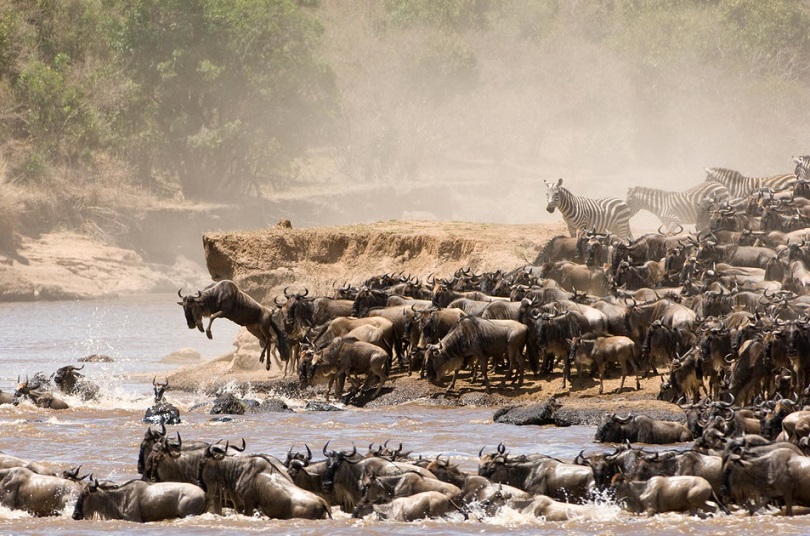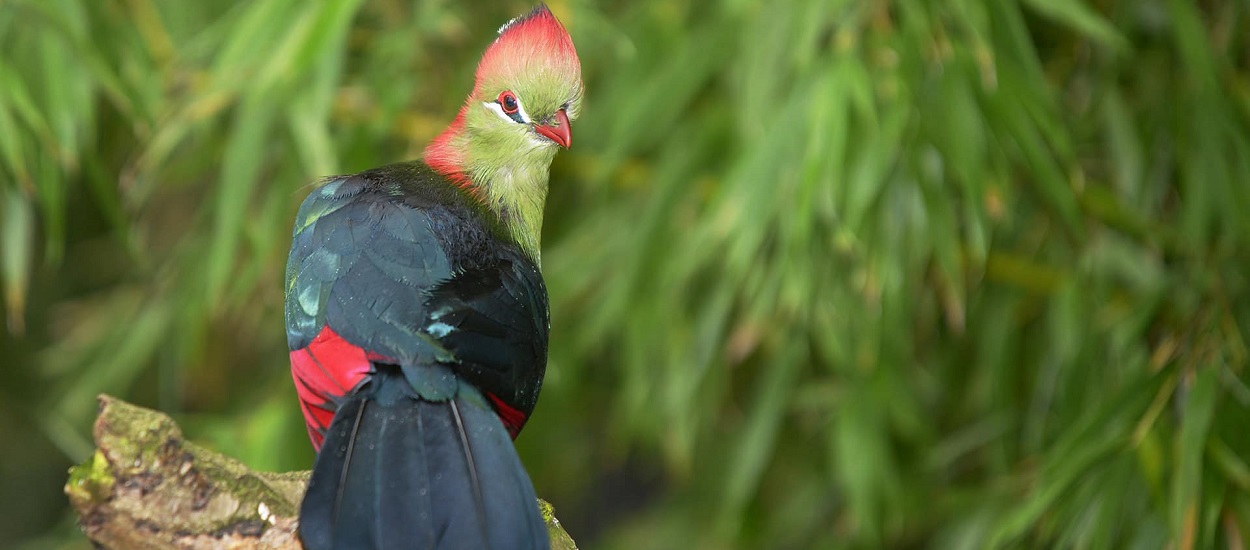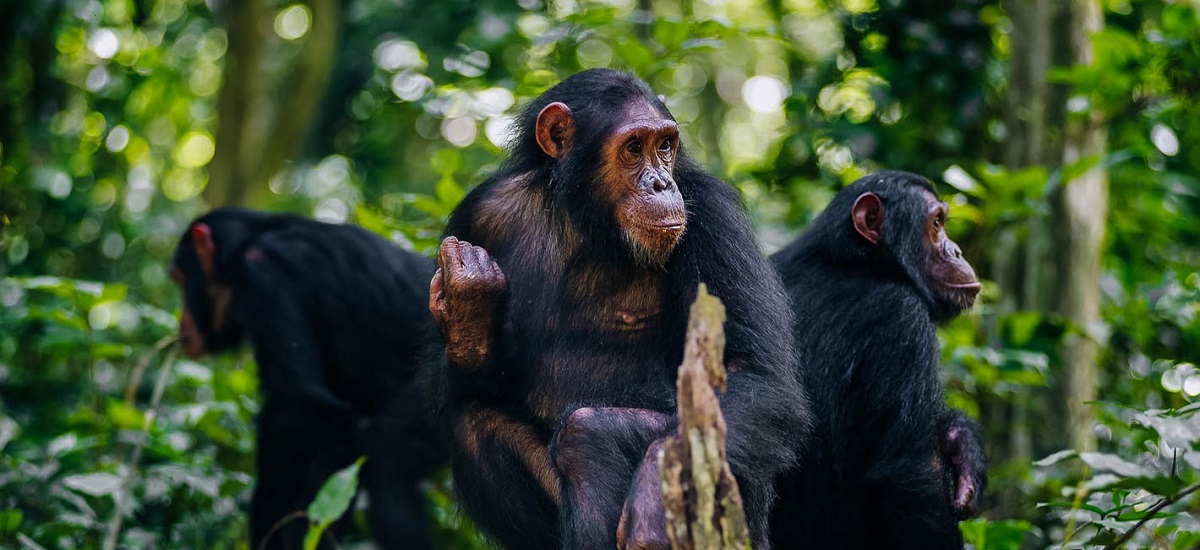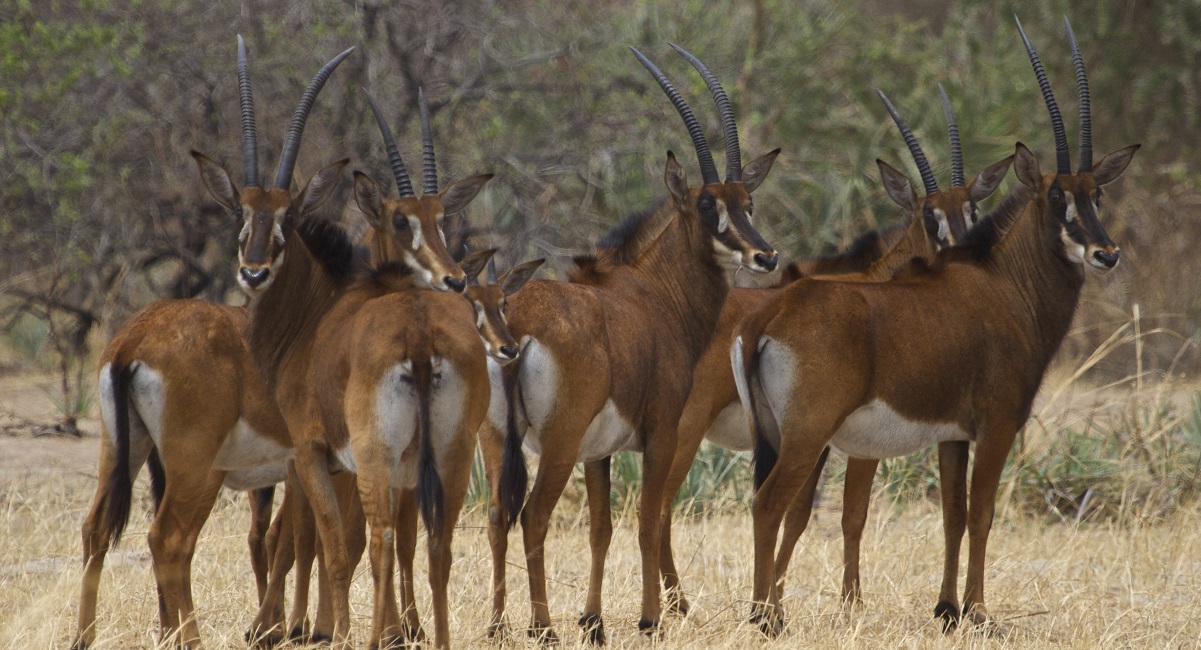Birding & Chimp Safari
10 Days from $3,000$2,800
- Reviews 0 Reviews0/5
- Holiday Type
- Activity Level Trekking & Hiking
- Group Size Small Group
Bird watching in western Tanzania: Tanzania is so full of “don’t miss”. However, western Tanzania plains and wetlands are a must for the enthusiast who is seeking Tanzania chimps trekking and safaris. It is an experience and exploration of new Tanzania safari destinations for birds watching in western Tanzania. The Malagarasi River Valley is a wetlands complex which is the largest in East Africa with More than 4 new national Park there are many reasons for visiting. In this chimps trekking and safari in western Tanzania, we offer what southern and northern cannot offer. Western Tanzania offer, Chimps trekking in Mahale and Gombe, but also in a new discovery of savannah chimps at Issa Valley. birds watching in western Tanzania involve Ugalla, Katavi, and Kigosi National Parks but also Nkondwe waterfall.
The Tale of the "dodo" is the wonderful story of the shoebill stork. This bird watching in western Tanzania will let you search for these large birds living and fishing on the wetland of Malagarasi River Valley. Western Tanzania is a wildlife destination that safari enthusiasts will just have to accept that they cannot all be done in one safari. Kigosi National Park and The Ugalla River National Park have heaven for bird lovers. A lot of ways to track down birds in this wetland. Birds watching in western Tanzania is the best ever in Tanzania with more than 750 bird species. Safari in this wetland can either be done on walking safari style, canoeing safaris in the Ugalla River national park and Kigosi. Furthermore, game drives and night game drives in Katavi and other national Park.
A great chance to encounter chimpanzees in Issa Valley is a must-try! The whole of Western Tanzania plains and wetlands are a must for the Tanzania safari seeker. The Malagarasi River Valley wetlands complex is the largest in East Africa. In fact, it is the part of the vast shallow basin drained by 7 slow-moving rivers. To mention the list, the Malagarasi, the Moyowosi, the Nikonga, the Ugalla, Kigosi, and Gombe. These are home to hippos, crocodiles, chimpanzees, and hundreds of species of birds and insects. Although this is a new Tanzania safari destination, it offers more than just a bird watching tour. Besides, Tanzania chimps trekking and safari, you will be able to visit a new discovery of Nkondwe waterfalls, and the savannah chimps at Issa Valley in Tanganyika district.
The best place for bird watching in western Tanzania and Chimps trekking in Mahale and Gombe is the Malagarasi River Valley. The rivers wind sinuous paths through an immense and complicated network of swamps, lakes, and woodlands. These rivers eventually join up to the Malagarasi River which empties into Lake Tanganyika at Ilagala. The whole system is more than 92,000sq.Km.in the area which makes it larger than the whole of Portugal! Malagarasi River Valley supplies almost 30% of lake Tanganyika`s freshwater. Ramses site has designated the whole area as a wetland of international importance. Malagarasi River Valley host other national parks like Kigosi and The Ugalla River in the same valley.
Itinerary at a Glance
Fly from Dar es Salam to Tabora - Kigosi National Park
Full Day at Kigosi National Park
Kigosi National Park- The Ugalla River National Park
The Ugalla River National Park
Nkondwe Water Falls - Issa Valley - Chimpanzee Explore
Drive via Mpanda Town to Katavi National Park
Full Day in Katavi National Park
Katavi -Mpanda- Zanzibar
Fly from Dar es Salam to Tabora - Kigosi National Park
On arrival in Tabora, we will meet you and transfer you to Kigosi National Park, Kigosi Kigosi was established in 2019. It is 8265 km2 in area and is part of Moyowosi/ Kigosi National park is at the northeast of the complex where shallow undulating Miombo woodlands are drained by the Nikonga River as it joins the complexities of the Moyowosi Wetlands.
Today we will do a walking Safari along the river explore the beauty and wildlife found in this beautiful Park. The walking Safari can take up to a full day.
This is all challenging terrain and has ensured that large parts have hardly ever been visited or explored, and being Africa is endowed with an extravagant quantity and quality of wildlife. It is home to Africa`s largest population of that rare and somewhat sinister stork, the shoebill, as tall and elegant watt led crane. There are huge flocks of pygmy geese (probably Africa`s largest). The Moyowosi wetlands also have Africa`s largest population of cape clawless otters.
Full Day at Kigosi National Park
Morning Game drive in the Park, followed by packed lunch and coffee by the river, Big game abounds Lion, Leopard, buffalo, crocodile, topi, zebra, sable, roan, eland, bushbuck, oribi, common and Bohor reedbuck, hyena, hippo, and Defacer waterbuck. The terrain is fascinating. Miombo woodlands fringe grassy flood plains dotted with palm trees that surrounding huge lakes and swamps many of which carry floating palm and papyrus islands. The water is gin clear. Many of the lions prides here have learned to chase buffalo into shallow swamps and to kill them by drowning before dragging them out to dismember and eat.
Kigosi National Park- The Ugalla River National Park
The Ugalla river in west-central Tanzania is a broad, slow-moving river of sandbanks, shallow pools, oxbow lakes, and swamps that winds it away in meandering loops westwards through a remote and almost forgotten world of extraordinary wildlife richness. it became a national park in 2019. It is just under 5000sqkm in the area.
The river drains a vast landscape of shallow hills and valleys dominated by miombo woodlands and tall grass savannas that are home to elephant, buffalo, lion, leopards, zebras, etc. and also the largest herds of sable and roan antelope to be found in Tanzania. In the swampy stretches to the west are found the swamp-dwelling sitatunga antelope, cape clawless otters, and a host of exciting water birds such as shoebill strokes wattled cranes, pygmy geese, etc.
The Ugalla River National Park
Rise up in walking boots, ready to explore your morning along the river together with an armed ranger, In the dry season lasting from July to October, these animals concentrate more and more on the ugalla river and it becomes a place where exciting wildlife lies around almost every corner.
Hippo and crocodile abound in the river, and indeed the ugalla river is reputed to have some of the largest crocodiles ever recorded in Africa. During the wet season they are feeding on catfish and other fish but as the dry season progresses they supplement their diet with animals coming down to drink may grow to over 21feet in length.
Game viewing will focus mostly on the river itself following its endless twist and loops and beautiful overlooks. Groves of huge trees and scattered along the banks offering wonderful places to camp or perhaps just relax for a mid-day picnic or a coffee break as you watch wildlife all around you.
The ugalla river flows slowly westwards beyond the boundaries of the national park into the complex waterways and west lands of the Moyowosi swamps, which will eventually drain into Lake Tanganyika. This vast and remote domain must surely be one of the greatest unexplored wildlife treasures of all of Africa.
Nkondwe Water Falls - Issa Valley - Chimpanzee Explore
From the Ugalla River National Park, we will drive via Uvinza, Uvinza is an ancient town known for its salt production. During the German colonial period the town was named Neu Gottorp and a railway line was constructed in the 1900s linking it to Dar es Salaam., Salt has been extracted from the brine springs in the Uvinza area for many centuries. This ancient salt mine is one of the historical economical sites for Africa.
Compared to other long‐term chimpanzee study sites, Issa Valley had a relatively high diversity in medium and large mammal species present, with 36 species documented. We encountered common duiker (Sylvicapra grimmia) most frequently, followed by yellow baboons (Papio Cynocephalus) and bushbuck. Chimpanzees ranked fifth overall. Chimpanzees, on the other hand, were predicted to most frequently encounter bushbuck, klipspringer, and hartebeest—all woodland species. The forest behind the Valley is the source of Nkondwe waterfalls in Lugufu River, which flows toward lake Tanganyika, a beautiful place to spend a night before you proceed to Mahale or Katavi.
Drive via Mpanda Town to Katavi National Park
After breakfast at the waterfalls drive to Katavi National Park, Tanzania is so full of “don’t miss” wildlife destinations that safari enthusiasts will just have to accept that they cannot all be done in one safari. However, Katavi plains are a must for the enthusiast, Katavi is 4471 sq km large and protects only part of an even large ecosystem. Extensive open plains alternate with board-leafed woodlands, flat-topped acacia bush country, and wide swamps and lakes. The park is 30km from Mpanda Town. We will arrive by afternoon ready for a game drive before a long shower
The wild animals have free domain over a huge hinterland of several thousand square kilometers both within and outside the park, virtually undamaged by man. they can move live and multiply here. Elephants can be seen daily and the numbers of buffalo are phenomenal with heard upon heard of 1000 strong grazing the dried out flood plains. Hippo and crocs numbering in 1000s yet increasingly confined to shrinking pools and mud wallows, with regular fights erupting amongst the hippo bulls. Large herds of topi also concentrate into the flood plains
Full Day in Katavi National Park
Large areas of the park are hardly ever visited such as the Mlele escarpment with its waterfalls, lake Paradise and the country between Katavi is one of those places that have not altered since early European explores first started entering Africans interior and it is the kind of place that gave this continent its reputation for being impassable, of huge scale and swarming with the big game you will need at least three days.
Katavi -Mpanda- Zanzibar
You will have breakfast in the park followed by a game drive before you drive to Mpanda. You will fly from Mpanda to Zanzibar for a beach Holiday.
| People | Green Season (1st April To 31st May) | Should Season (1st Nov – 14th Dec & March) | Peak Season (1st June – 30 Oct & 15th Dec-28th Feb) | |
|---|---|---|---|---|
2 Pax | Per Person | US$ 2200 |
US$ 2400 |
US$ 2800 |
The Calabash team would be delighted to work with you to help you and your family, friends or organization build the best possible safari to match your interests and budget. We can organize custom safaris for professional photographers, honeymoon couples and families. Simply ask us! need help? click here
YES! Calabash Adventures has a personal understanding and deep commitment to meeting the special needs of families. Our trips are well suited for children. We have designed our unique family safari programs to allow you and your children to experience the wonders of Africa together. Please outline your particular family’s interests, so that we can incorporate them. You and your family will have a unique opportunity to deepen your understanding of cultural diversity, discover the many miracles of nature, and at the same time play, laugh, and enjoy the pleasure of one another.
Our safaris offer a wide array of safari styles to suit your interests and budget. Please scroll the website for a description of the different types of accommodation available or click here.
Small. Our scheduled safaris vary in size depending on the nature of the safari. In general, we keep our groups small (minimum 1 to 7 people, and occasionally up to an absolute maximum of 25). We feel strongly that the small size allows a more intimate connection with the African wilderness.
Pack lightweight, washable clothes, plus a sweater for early morning game drives; a sunhat, sunglasses, and sunscreen are strongly advised as well. Long sleeves and trousers in light-colored fabrics help discourage insect bites. Modest length shorts for women are perfectly acceptable, but women should carry a wrap to cover their legs in rural villages and towns since clothes that are too revealing can cause offense especially in Zanzibar and in Muslim dominated areas. On the beach and within the confines of beach hotels, normal swimwear (but not nudity) is acceptable.
Safari dress is basically comfortable and casual - layers are recommended. Keep it simple and bring things you don`t mind getting dusty. We have included several web links to guide you in your preparation.
You will be pleasantly surprised by both the quality and the variety of them available on safari. In most lodges, meals are served buffet-style, so you can choose what you like. The food is generally prepared according to western tastes, with some curries and local cuisine included. If you choose a camping safari, fresh meat and produce is prepared to the highest sanitary standards by our team’s expert chefs. Indeed, most returning guests rave about our camp food! Request for local food is certainly welcome. Your guide and chef will generally purchase all the food before the safari starts, so get your orders in on time!
Special dietary requirements such as vegetarian or diabetic meals can easily be arranged with advance notice. If you are vegetarian or vegan you may wish to bring along some alternative protein sources. If you have multiple food allergies, you will definitely want to bring along supplemental snacks. It is important we know of any possible dietary restrictions as soon as possible.
We provide two liters of bottled water per day for each client, and you can purchase more bottled water at all the lodges and camps or before the Safari. Overall, we recommend you consume only bottled water.
For medical Travel tip, it is always best to consult your doctor or travel clinic well in advance of your departure. The minimum requirements for entry into Tanzania are proof of a yellow fever vaccination and an anti-malarial medication. Bear in mind that you will be staying in camps and lodges oriented to meet the needs of North American and European guests.
Calabash Adventures is responsible for sending a rescue vehicle(s) within 4 to 5 hours (depending on your location) upon receiving notification of a vehicle breakdown. The vehicle shall be replaced and compensation awarded by way of additional time allotment (extra half day or full day), or a refund of up to 30% of a full day tour deducted from the total daily tour cost.
If necessary, an emergency evacuation can be arranged by “flying doctors” (included in the trip package, on your request), or a simple transfer to nearby Hotel or lodge for accommodation and catering services.
Destination InformationDownload all the information you need to prepare for your journey, from visa requirements to packing recommendations.
Visas & PassportsVisit our partner Visa Central for convenient, one-stop visa and passport processing.
climates the average temperature and rainfall for your destination.
CDC Information Familiarize yourself with health and immunization requirements for your destination at the Center for Disease Control’s website.Tasnanajaiapoa[[




